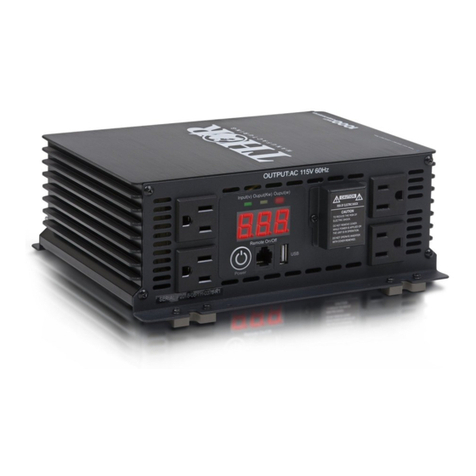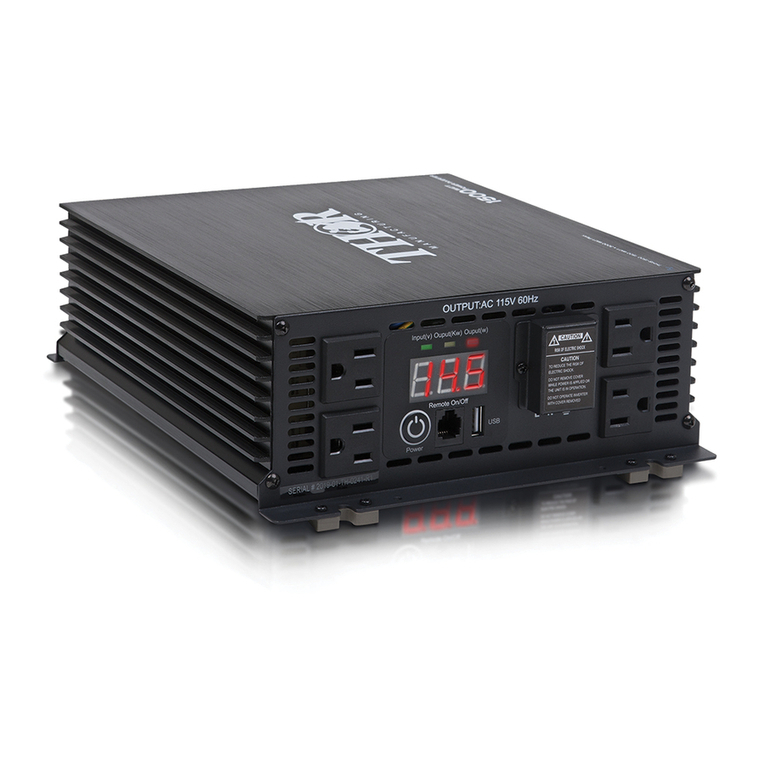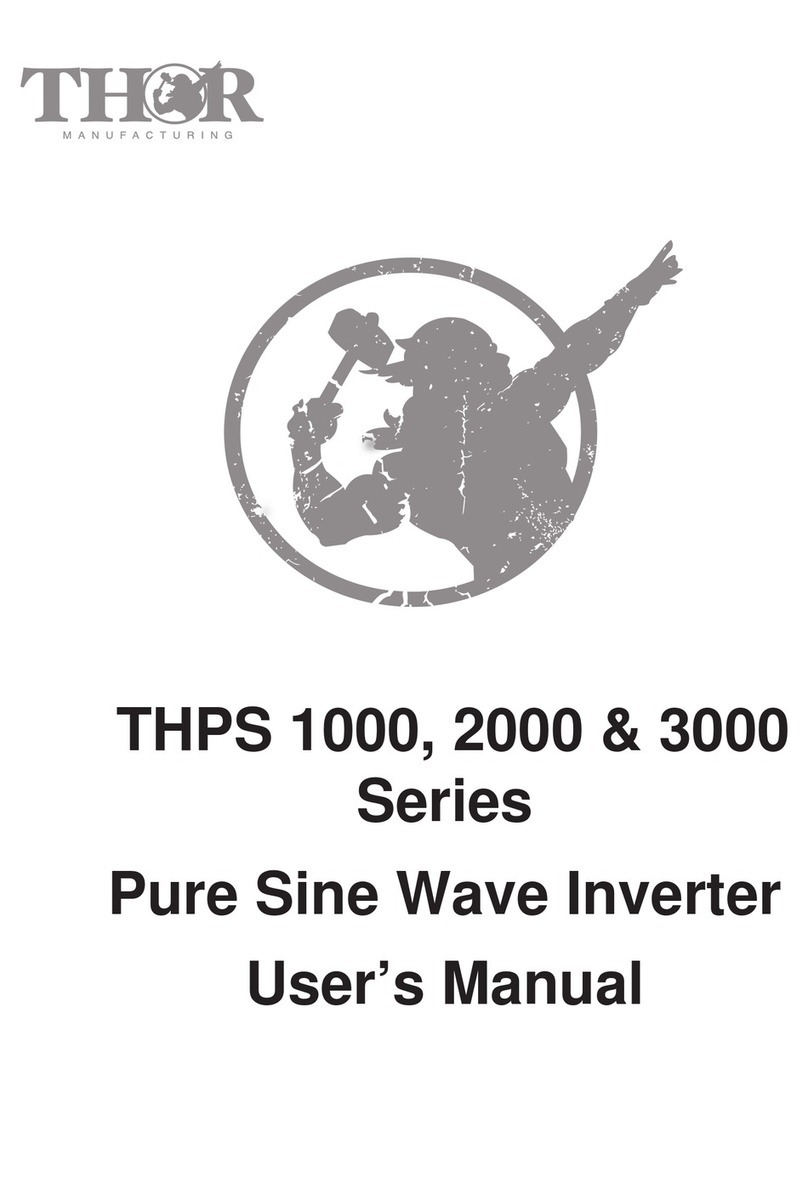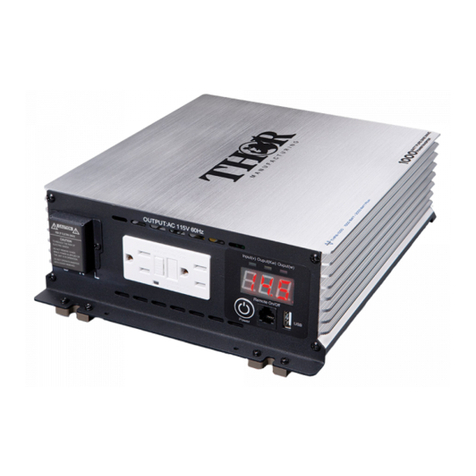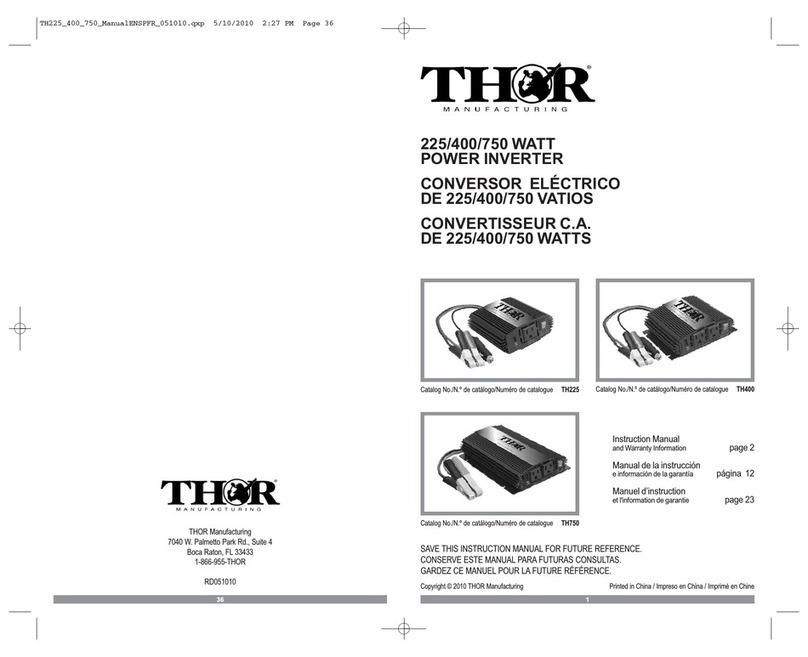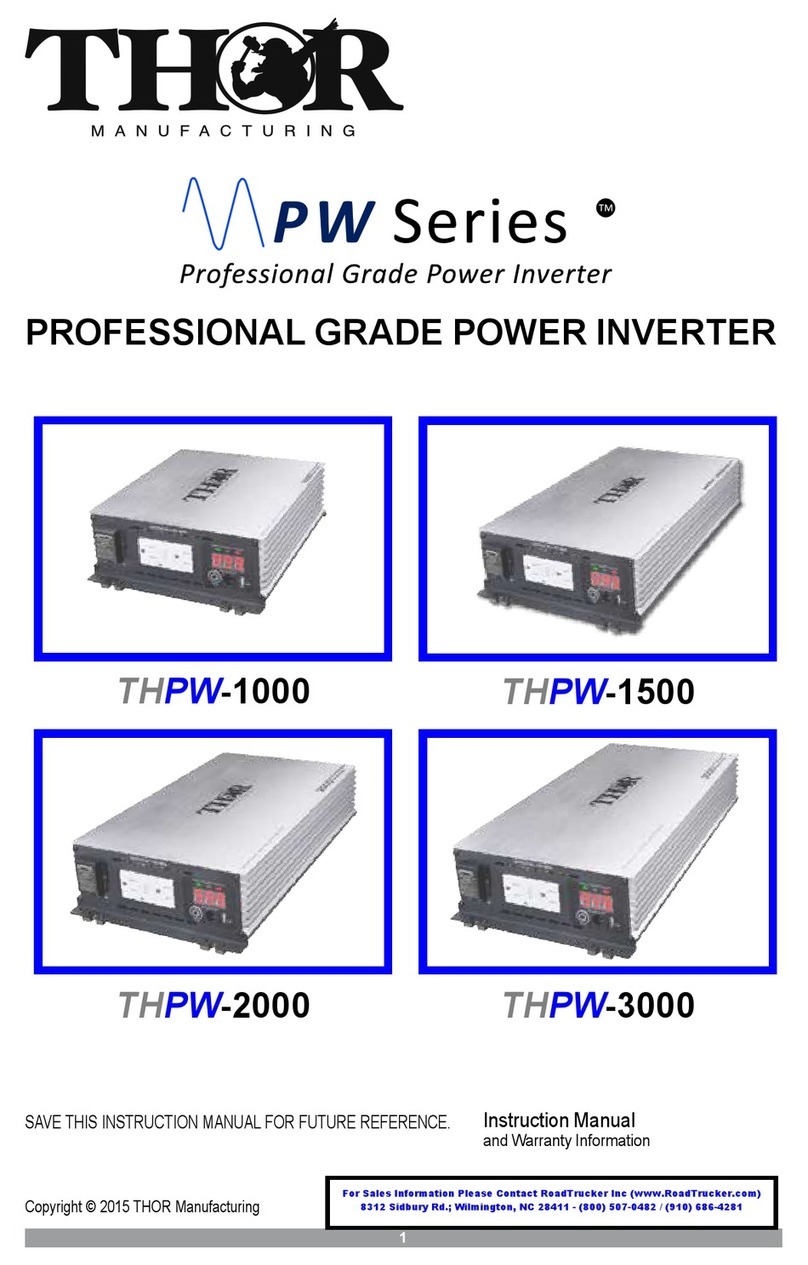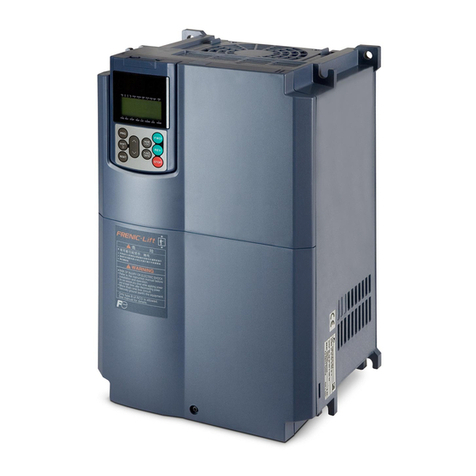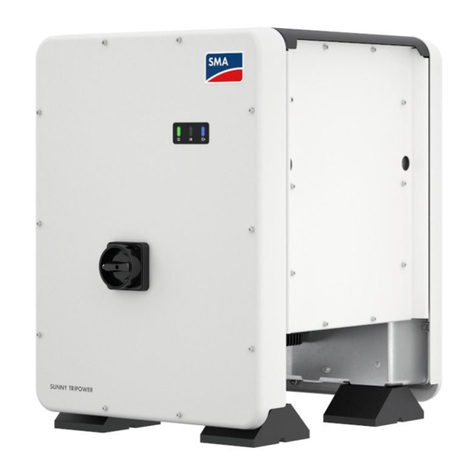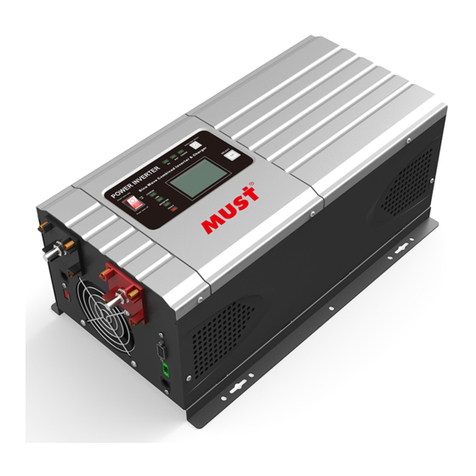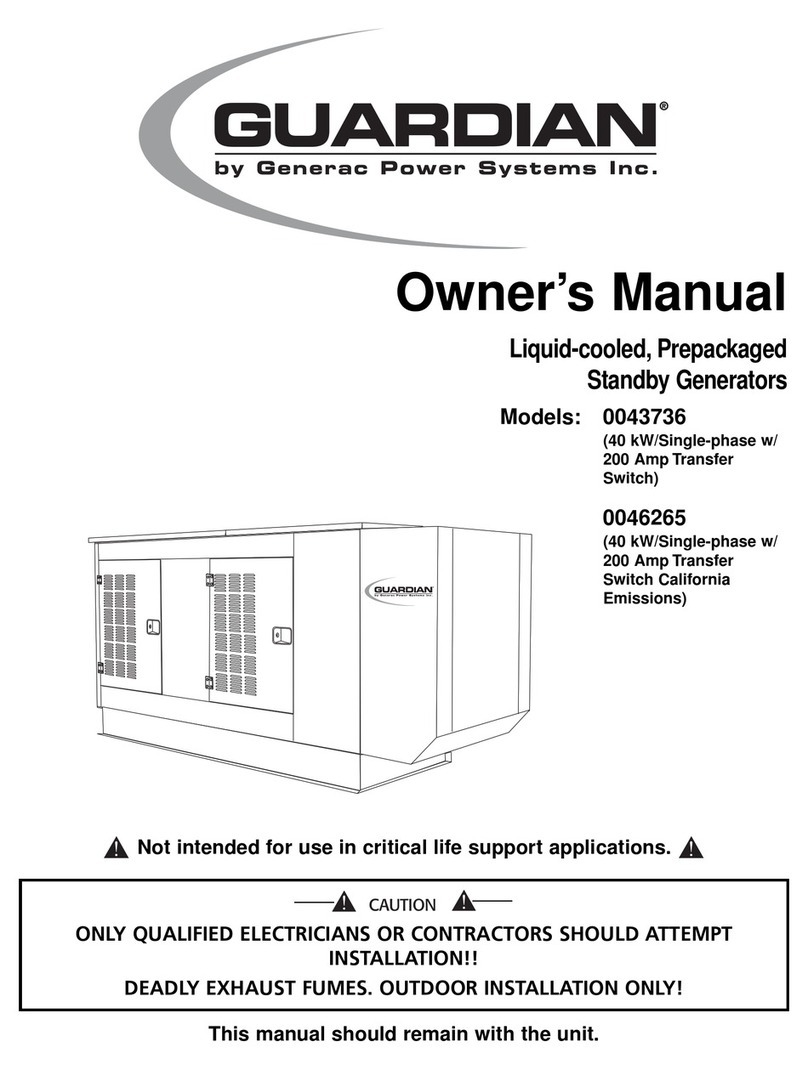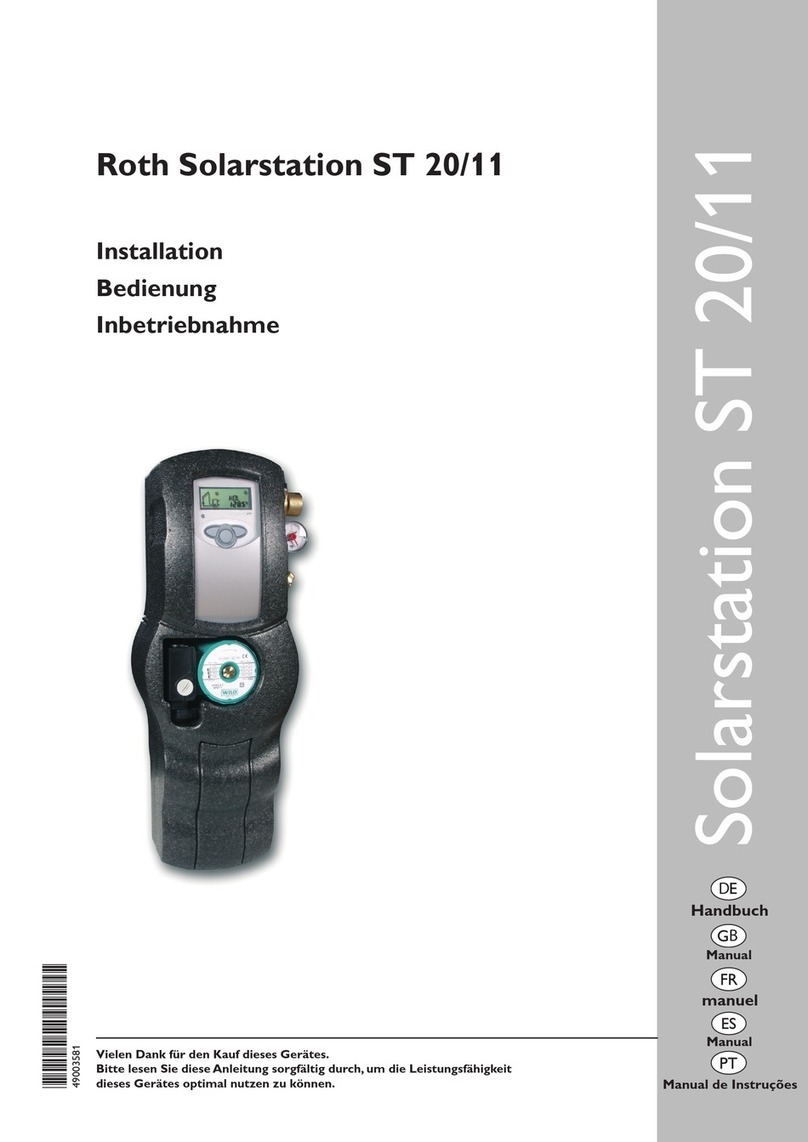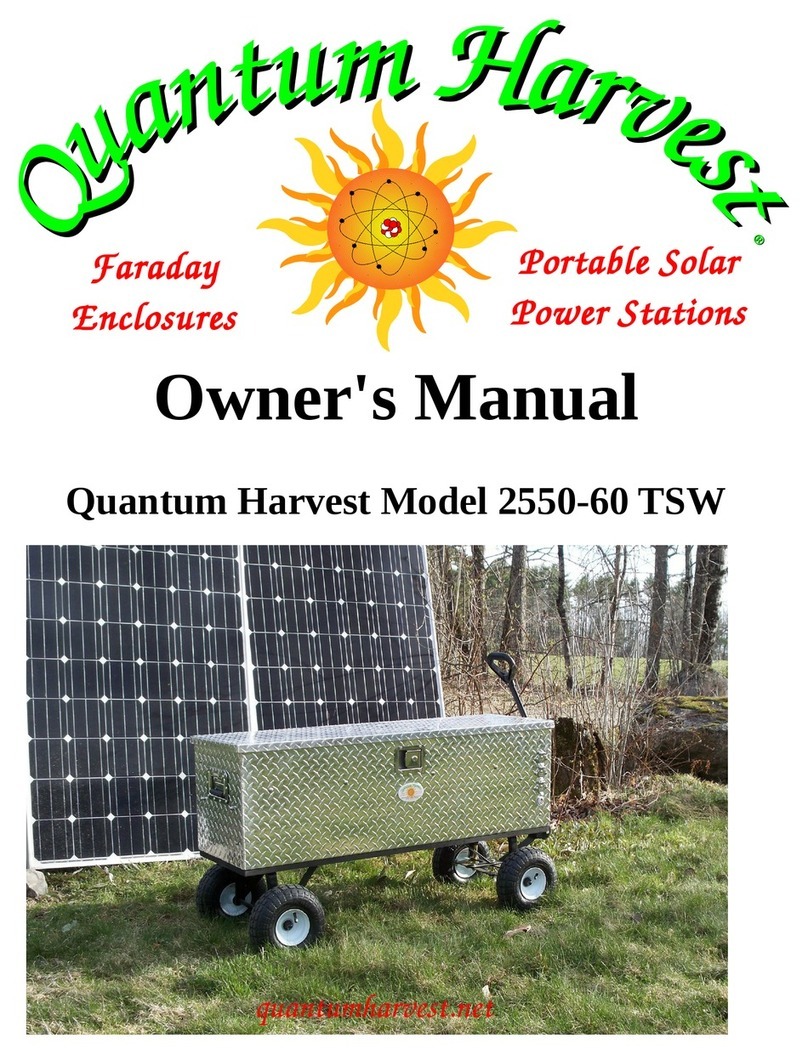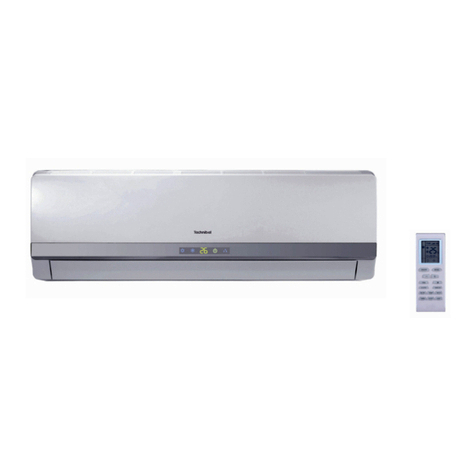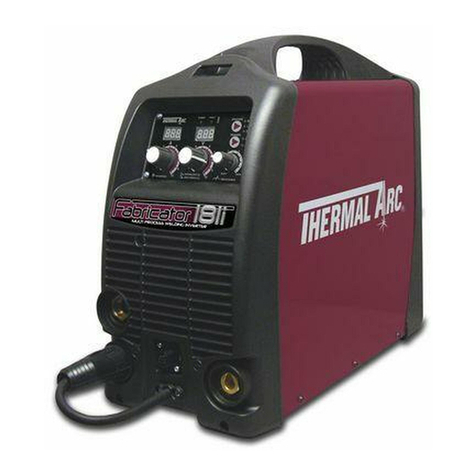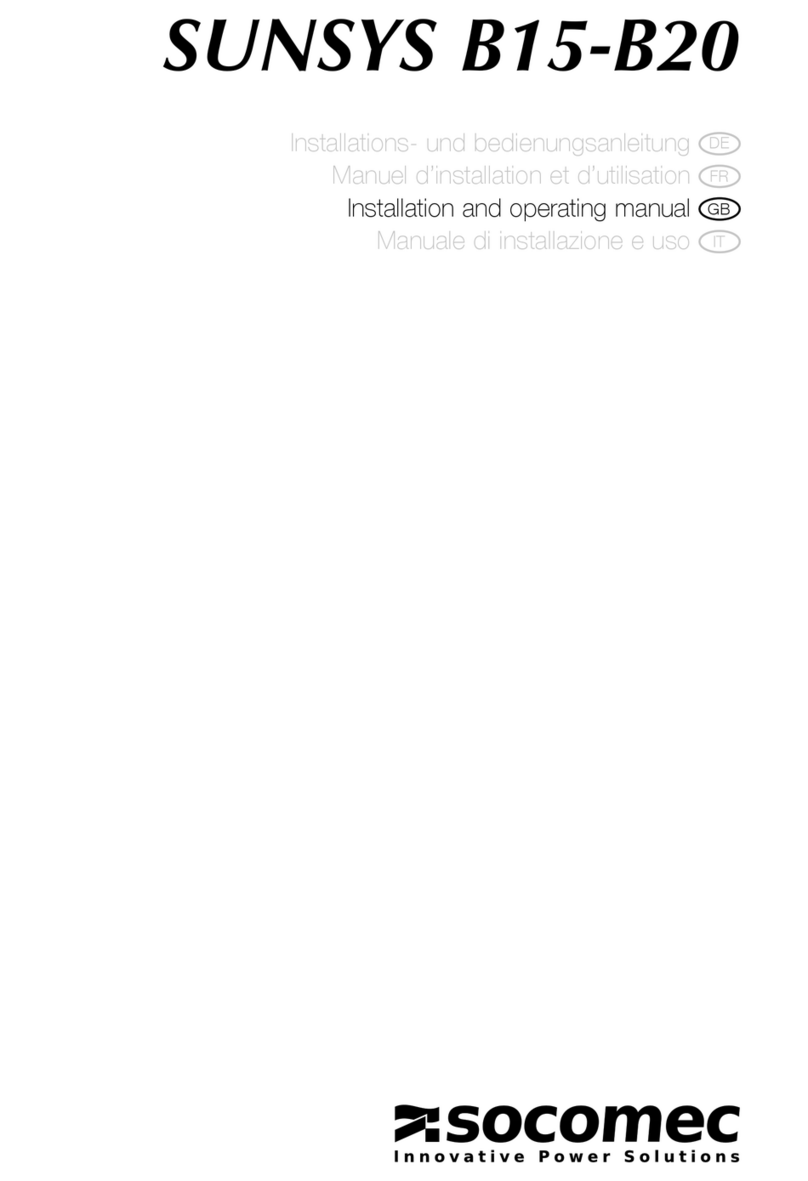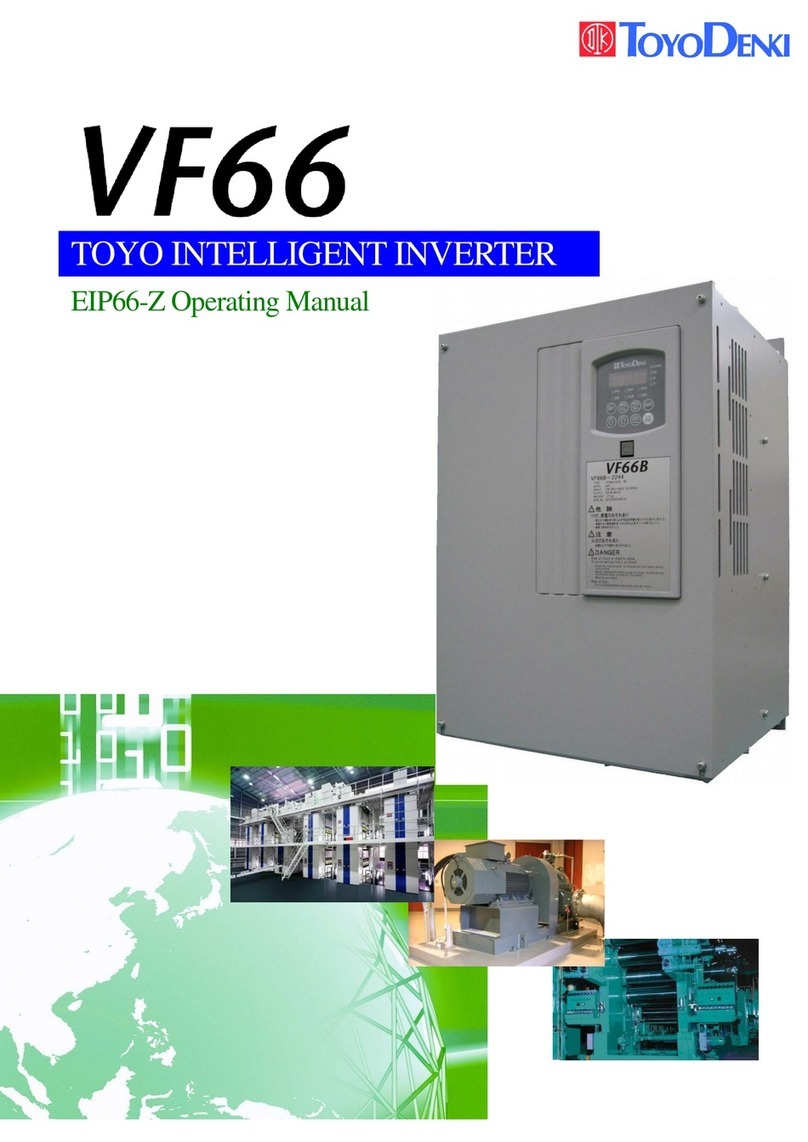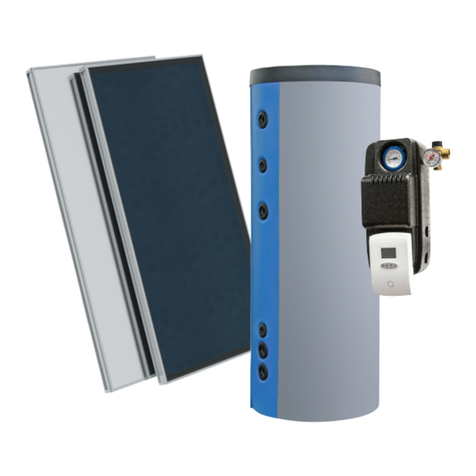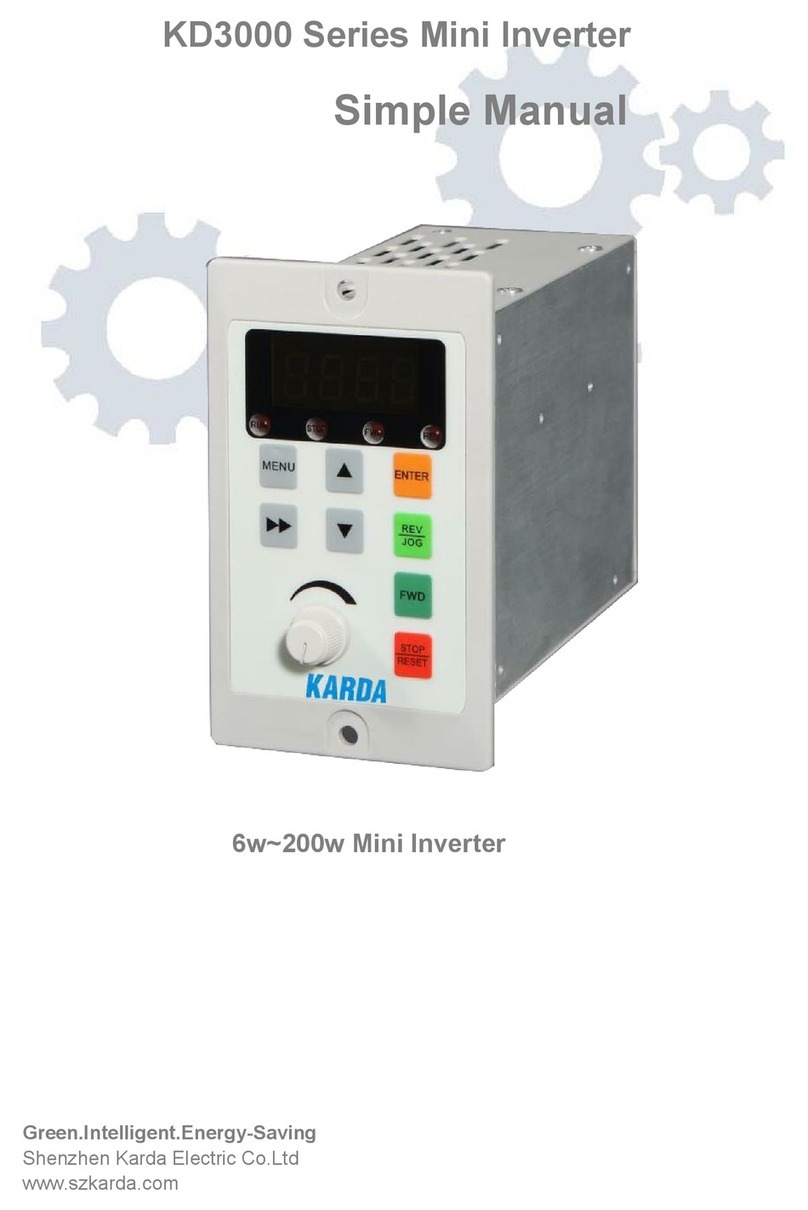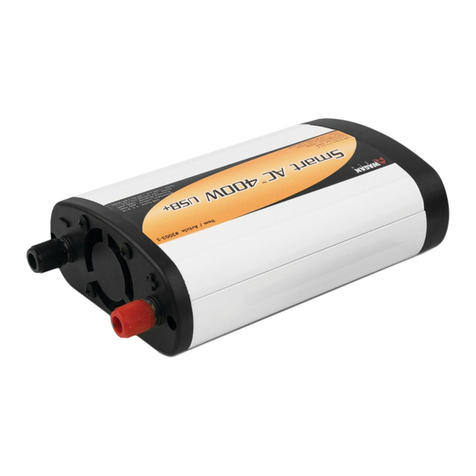
10
Permanent Installation (Cables and Fuse Not Supplied)
For permanent installation to heavy-duty battery power you will need:
• Two cables (as indicated in the “Specifications” section of this Instruction Manual)
• Terminals to fit cable ends and stud terminals to inverter
• Hardware and battery connector to connect cables to the battery bank
• A single length of AWG cable multi-stranded, flexible, insulated cable (as indicated in the “Installations” section of
this Instruction Manual) for chasis ground connection when using inverter in a household application.
• A holder and fuse (see the “Specifications” section of this Instruction Manual)
• Mounting screws, bolts and nuts for mounting the inverter and fuse holder
• A drill for mounting the inverter and fuse holder
• Lead-tin solder, flux, propane torch and an igniter for the torch
• Wire stripper/cutting tool
PRELIMINARY STEPS
The inverter has four slots in its mounting bracket that allow the unit to be fastened against a bulkhead, floor, wall
or other flat surface. Ideally, the mounting surface should be cool to the touch. It is more efficient to use longer AC
wiring than DC wiring, so install the inverter as close as possible to the 12 volt DC power source.
The inverter should be operated in horizontal position; if it is to be mounted on a wall, mount it horizontally so that
indicators, switches, outlets and terminal blocks on the front panel are visible and accessible.
1. If inverter is to be installed in a vehicle, manufacturer recommends that it be shock mounted to either the floor
(in a clear, safe area) or on a secure flat surface.
2. Locate a convenient place to mount the inverter and fuse holder.
3. Perform a test routing of the proposed cable length, but don’t do any cutting at this time (refer to the diagram
in the “Battery Configuration” section of this Instruction Manual).
4. Using an appropriate AWG cable (refer to the “Specifications” section of this Instruction Manual), reposition the
inverter and fuse holder if necessary.
5. After you have performed the above preliminary installation steps, proceed with the actual inverter installation.
Contact the manufacturer for any further installation information or questions.
Permanent Installation Procedure
IMPORTANT: Please follow installation and wiring instructions exactly as outlined to ensure safety. We
recommend installation by an RV technician or professional electrician to ensure adherence to relevant
electrical codes. We have made every reasonable effort to ensure the accuracy of the instructions in this
manual, but THOR Manufacturing does not guarantee that the information is error free, nor do we make any
other representation, warranty or guarantee that the information is accurate, correct, reliable or current. The
specifications in this manual are for reference purposes only and are subject to change without notice.
DISCLAIMER: THOR Manufacturing disclaims liability for any direct, indirect or incidental damages caused by,
or in case of, installation not performed following the instructions and cautions in this manual. THOR
Manufacturing will refuse requests for exchanges or returns, resulting from the purchase and installation of
items which do not comply with local codes. To avoid such concerns THOR Manufacturing recommends
installation by a professional electrician or RV technician. Examples that are shown within this manual are for
illustrative purposes only.
WARNING: Lethal currents will be present if the positive and negative cables attached to the battery bank touch
each other. During the installation and wiring process, ensure the cable ends are insulated or covered to
prevent shorting the cables. WARNING: DO NOT connect the DC Wires from the battery bank to the THOR
Manufacturing unit until all the DC and AC wiring is complete and the AC and DC overcurrent protection has
been installed.
WARNING: The Inverter is not reverse polarity protected. If the Inverter is wired incorrectly severe damage will
occur and will not be covered by the warranty. It is advised to clearly mark the positive and negative cables
coming from the battery bank. Use red and black electrical tape to clearly indicate positive and negative cables.
CAUTION
• Loose connectors may cause overheated wires and melted insulation.




















